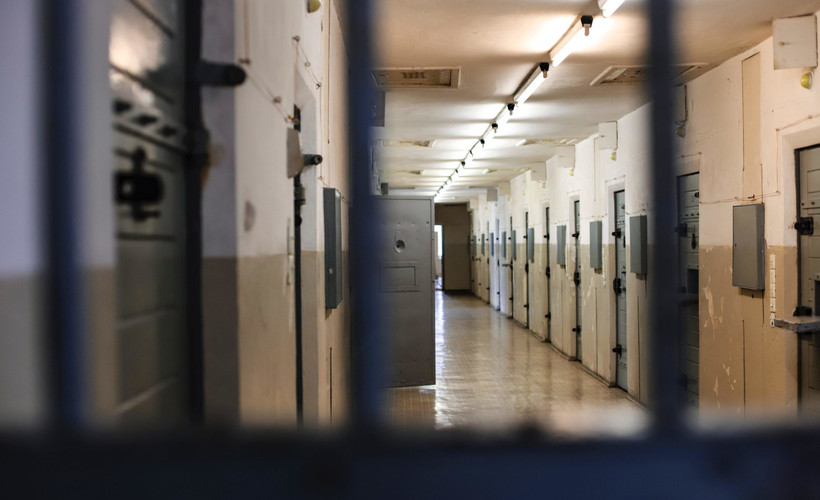How County Jails Sidestep Solitary Confinement Law
New York imposes strict regulations on “segregated confinement.” What if it’s just called “confinement”?
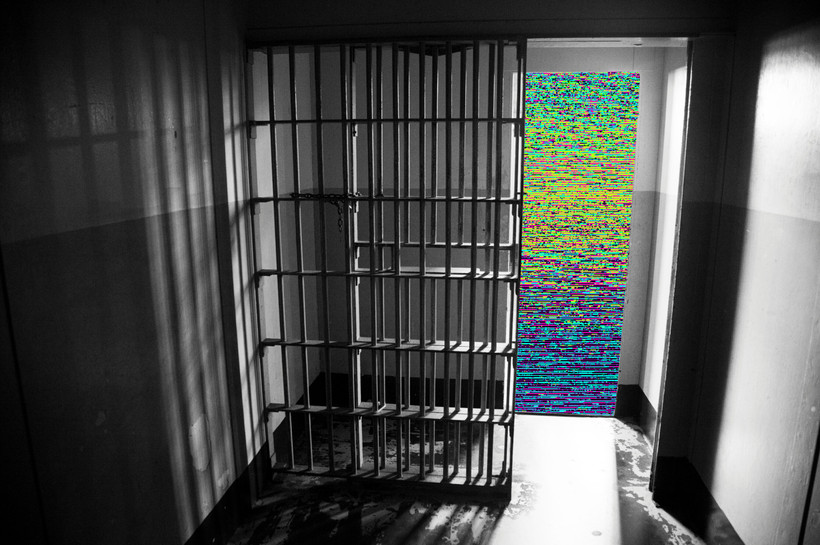
This investigation was supported with funding from the Data-Driven Reporting Project. The Data-Driven Reporting Project is funded by the Google News Initiative in partnership with Northwestern University’s Medill School of Journalism.
This investigation was supported with funding from the Data-Driven Reporting Project. The Data-Driven Reporting Project is funded by the Google News Initiative in partnership with Northwestern University’s Medill School of Journalism.
“If the cell is open, they can come out. Where else can they go?”
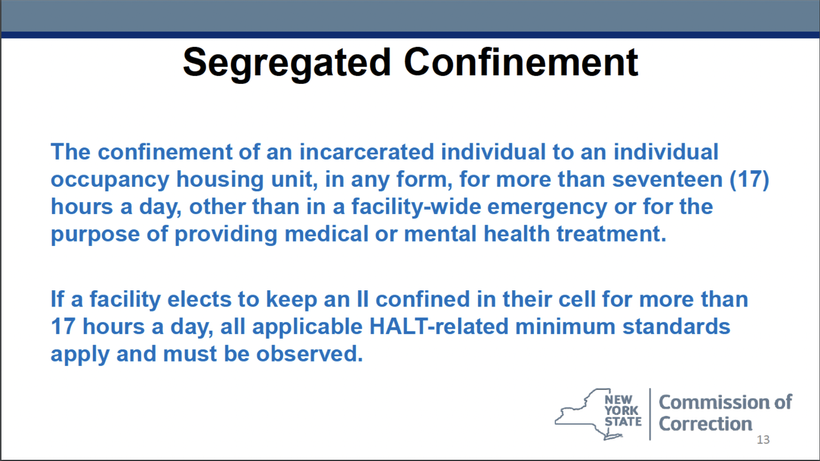
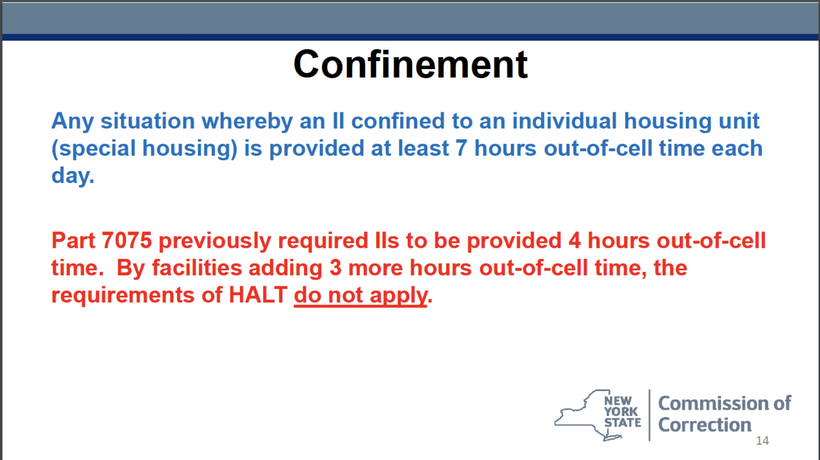
SCOC training slides delineate the differences between “segregated confinement” and “confinement.” “II” stands for “incarcerated individual.”
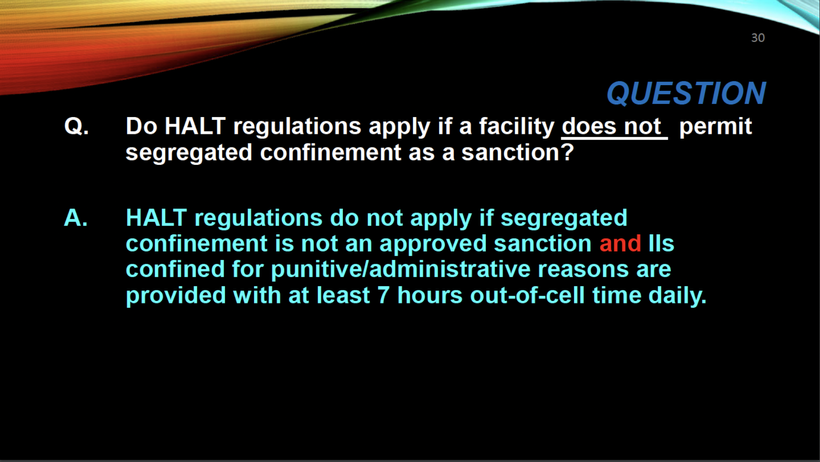
“Out of cell time is the same for all persons. It is as socially meaningful or stimulating as the individual chooses.”
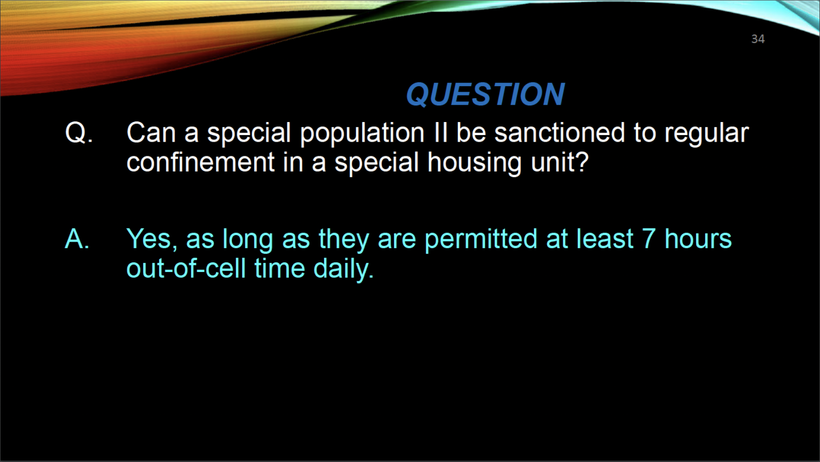

SCOC training slides explain regulations for special populations and RRUs.
Chris Gelardi contributed reporting.


